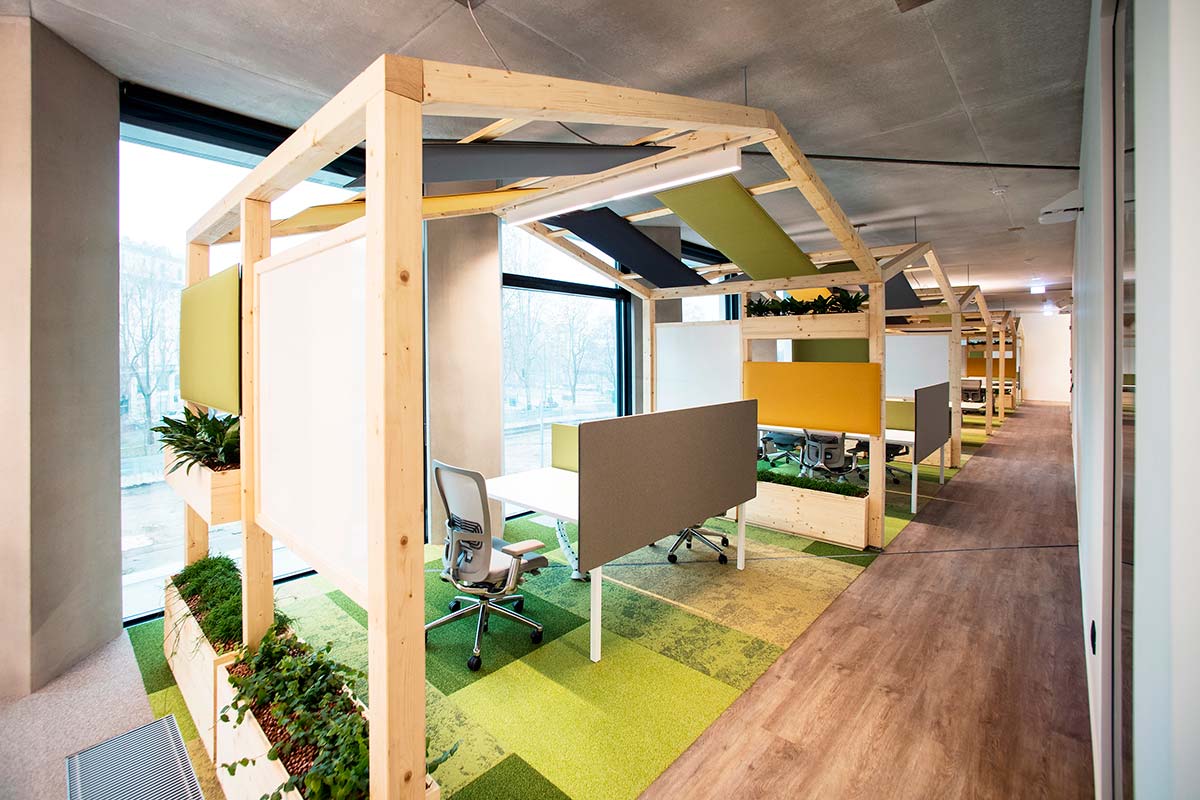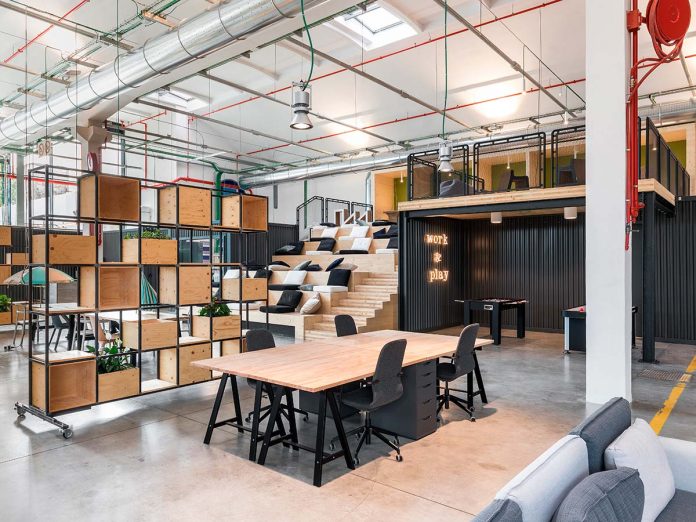From real estate to education, the home to office space, with a specific focus on banking, healthcare and restaurants. From retailing to hospitality, all the way to a focus on mobility, social innovation and the supply chain, with a particular accent on public spaces. There are 13 sectors that have to come to grips with a very near future – or perhaps an indefinite present – of perceptible, lasting changes, analyzed by the Design Force appointed by DesignTech Hub of MIND: Milano Innovation District.
The choral operation, featuring some of the leading design and architecture firms on a worldwide level, alongside professionals and companies of reference, has led to the development of a true programmatic document for the ‘restart,’ focusing on the society and its institutions. It brings together guidelines and proposals for the development of design solutions that combine design and technology, over the short, medium and long terms.

The team guided by DEGW, a brand of Gruppo Lombardini22, focused on office spaces, examining an environmental, social and managerial perspective. The design of the workplace becomes a technical-sanitary challenge, but also and above all a symbolic one, because the perceived value of physical space remains crucial to organizational balance.
The DesignTech for Future report refers to proxemics gauged for distancing specified on the basis of tasks and business models; new densities, differentiated flows, segmentation; new organizational paradigms that promote and enhance the unexpected efficiencies of smart working. At a managerial level, the accent shifts “from the workplace to the workforce,” and this has an impact not only on the role of technologies – fundamental to maintain relational continuity – but also on models of leadership.
Technology, in the reformulation of the universe of objects compatible with regulations, is obviously joined by design. In this case the suggestion is biophilic design: materic and natural interiors designed to reduce stress and to boost wellness, creativity and productivity.

Here are the 13 worktables and their coordinators:
Real Estate: Lendlease (coordinator) + Giuseppe Tortato (of Giuseppe Tortato Architetti)
Living: Pininfarina
Office: DEGW Lombardini 22 (coordinator) + Workitect
Healthcare: Binini Partners (coordinator) + Centro Medico Santagostino
Restaurant: Maurizio Lai (of Lai Studio, coordinator) + Paolo Barichella (of Food Lifestyle)
Retail: Piuarch
Banking: Matteo Belfiore (of MBA+D)
Hospitality: Zaha Hadid
Public Spaces: Progetto CMR
Mobility: MIC Mobility in Chain
Supply Chain: PwC
Education: School for Dreamers
Social Impact: PwC New Venture







